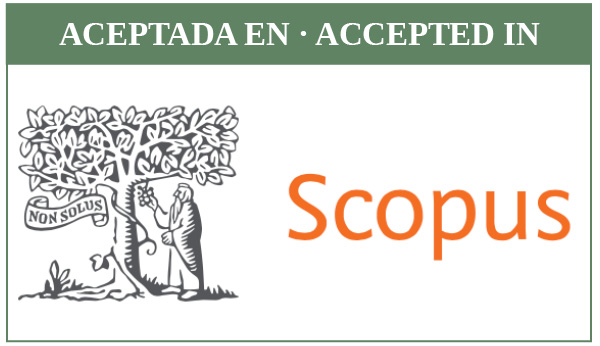Submissions
Submission Preparation Checklist
As part of the submission process, authors are required to check off their submission's compliance with all of the following items, and submissions may be returned to authors that do not adhere to these guidelines.-
The paper has never been published nor has it been submitted to any other journal (if this is not the case, an explanation must be given to the editor in the Comments section).
-
The file sent is in OpenOffice, Microsoft Word, RTF or WordPerfect, as well as PDF.
-
DOI / Websites have been included for the references wherever possible.
-
The text is single spaced; 12 point Times New Roman Unicode font is used (10 for footnotes and photo captions); italics are used instead of underlining (except URL addresses); and all of the illustrations, figures and tables are within the text, in their place, and not at the very end.
-
The text meets all of the bibliographical and style requirements indicated in the Author guidelines, which can be found below.
-
If the text is being sent to a journal section that is reviewed by peers, the author must see to it that the instructions set forth in Ensuring a double blind review have been followed.
Articles
Originality of work. As a general rule only original and previously unpublished papers will be accepted. Submissions are to be sent through the OJS following the author guidelines that appear in the journal's printed form and also its online version (See Submissions-Author guidelines)
As a general rule articles by the same author will not be published in consecutive issues, although exceptions will occasionally be made.
Bookreviews
Abstracts are not required.
Copyright Notice
The authors publishing their work in this journal agree to the following terms and conditions:
1. The authors retain the copyright and give the journal the right to be the first publication of the work and also to be licensee under a Creative Commons Attribution License which allows others to share the work, provided the author of the work and the initial publication in this journal are acknowledged.
2. Authors may make additional agreements separately for the non-exclusive distribution of the version of the work published in the journal (for example, putting it in an institutional repository or publishing it in a book), with acknowledgement of its initial publication in this journal.
3. Authors are allowed and encouraged to electronically disseminate (for example, in institutional repositories or on their own web page) the published version of their works (publisher's post-print version) or, if not possible, the author's reviewed and accepted post-print version. This is to facilitate productive exchanges, and allow for earlier and greater citation by third parties of the published works (See The Effect of Open Access).
4. The journal accepts no responsibility for the opinions expressed by the authors.
Privacy Statement
The names and email addresses entered in this journal site will be used exclusively for the stated purposes of this journal and will not be made available for any other purpose or to any other party.














